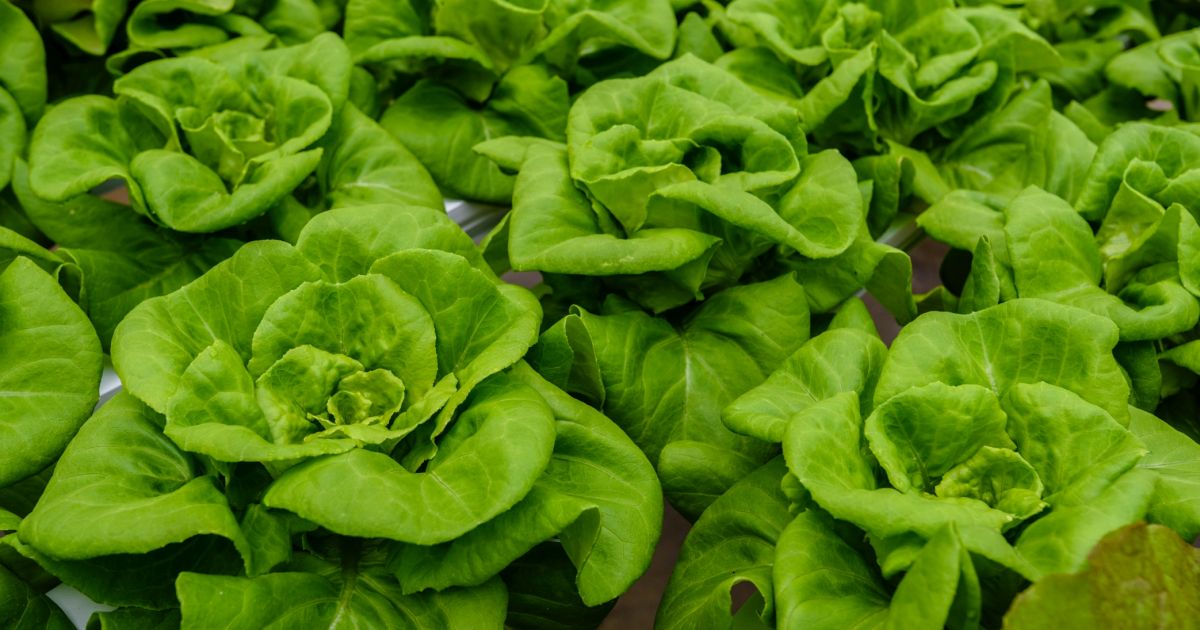
Bibb Lettuce Unveiled: Exploring the Delicate Beauty and Culinary Versatility
In the vibrant world of leafy greens, Bibb lettuce stands out as a delicate and flavorful variety, celebrated for its tender leaves and subtle sweetness. Named after Bibb County in Kentucky, where it gained popularity in the 19th century, Bibb lettuce has become a staple in salads, sandwiches, and wraps. In this exploration, we’ll delve into the origins, characteristics, nutritional benefits, and versatile culinary uses that define Bibb lettuce, inviting you to discover the charm of this leafy green.
Origins of Bibb Lettuce:
Bibb lettuce, also known as butterhead lettuce, belongs to the Lactuca sativa species, which encompasses a variety of lettuces with soft, tender leaves. The term “Bibb” is derived from Bibb County, where the lettuce was first cultivated and gained recognition in the mid-1800s. Its popularity quickly spread, and Bibb lettuce became synonymous with a premium, high-quality salad green.
Characteristics of Bibb Lettuce:
Bibb lettuce is characterized by its loose, round heads of tender leaves that form a rosette. The leaves are smooth, buttery in texture, and range in color from light green to a vibrant, pale red at the edges. The compact nature of the heads and the delicate quality of the leaves contribute to Bibb lettuce’s reputation as a gourmet salad green.
The leaves of Bibb lettuce are not as crisp as those of other lettuce varieties, such as romaine, but their tenderness and mild flavor make them a favorite among those who appreciate a more delicate leafy green.
Nutritional Benefits:
While Bibb lettuce may not boast the same robust nutrient profile as darker, leafier greens like kale or spinach, it still provides valuable vitamins and minerals. Some of the nutritional benefits of Bibb lettuce include:
- Vitamins:
- Bibb lettuce is a good source of vitamins A and K. Vitamin A is essential for maintaining healthy vision, skin, and immune function, while vitamin K plays a crucial role in blood clotting and bone health.
- Minerals:
- The lettuce contains small amounts of minerals such as potassium, iron, and calcium, contributing to overall health and well-being.
- Hydration:
- Like many leafy greens, Bibb lettuce has a high water content, which contributes to hydration and helps support bodily functions.
While Bibb lettuce may not be a nutritional powerhouse, its inclusion in a well-rounded diet can contribute to a diverse intake of essential nutrients.
Culinary Uses of Bibb Lettuce:
Bibb lettuce’s versatility in the kitchen extends beyond salads, making it a popular choice for various culinary applications. Here are some creative ways to incorporate Bibb lettuce into your meals:
- Classic Salads:
- Bibb lettuce shines in simple salads, either on its own or combined with other greens. Its tender leaves provide a soft and refreshing base for a variety of toppings, from cherry tomatoes and cucumbers to avocados and nuts.
- Lettuce Wraps:
- The pliable and delicate leaves of Bibb lettuce make it an excellent choice for creating lettuce wraps. Fill the leaves with your favorite protein, vegetables, and sauces for a light and nutritious alternative to traditional wraps.
- Sandwiches and Burgers:
- Upgrade your sandwiches and burgers by using Bibb lettuce leaves as a crisp and fresh substitute for traditional bread or buns. The mild flavor won’t overpower the other ingredients, allowing them to shine.
- Garnish and Presentation:
- Use Bibb lettuce leaves as an elegant garnish for appetizers, entrees, or platters. The vibrant color and delicate texture add a touch of sophistication to any dish.
- Soup Toppings:
- Add torn Bibb lettuce leaves as a finishing touch to warm soups. The gentle wilted texture complements the soup’s warmth, providing a contrast in both flavor and presentation.
Bibb lettuce’s versatility extends beyond its traditional use in salads, offering a delightful way to enhance various dishes with its mild and tender characteristics.
Selecting and Storing Bibb Lettuce:
When choosing Bibb lettuce, look for heads with crisp, vibrant leaves and avoid any that show signs of wilting or browning. The leaves should be free of discoloration, and the head should feel heavy for its size. Freshness is key, so opt for heads that have been stored in a refrigerated section of the produce department.
To store Bibb lettuce, wrap the whole head in a damp paper towel and place it in a plastic bag. Store it in the vegetable crisper drawer of the refrigerator. Avoid washing Bibb lettuce until you are ready to use it, as excess moisture can lead to premature wilting.
Conclusion:
Bibb lettuce, with its tender leaves and subtle sweetness, offers a delightful addition to the world of leafy greens. From classic salads to innovative lettuce wraps and beyond, the versatility of Bibb lettuce makes it a favorite among those who appreciate its delicate flavor and texture.
As you embark on your culinary adventures, consider incorporating Bibb lettuce into your meals. Whether you opt for a simple salad, a refreshing lettuce wrap, or a creative garnish, let the charm of Bibb lettuce elevate your dining experience. As a timeless and beloved leafy green, Bibb lettuce invites you to savor its delicate beauty in every crisp and refreshing bite.



